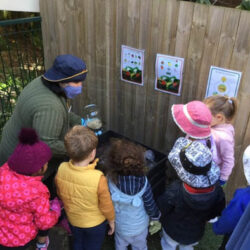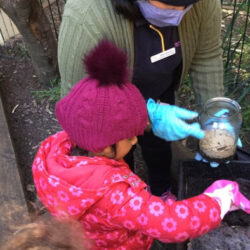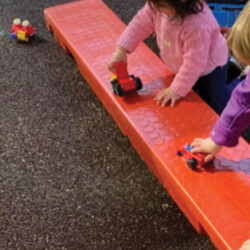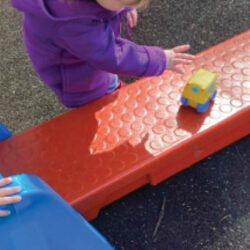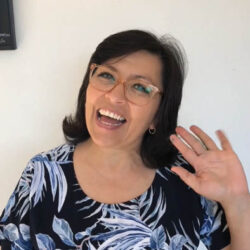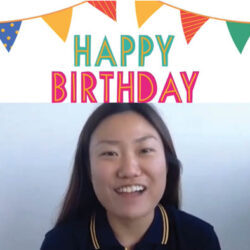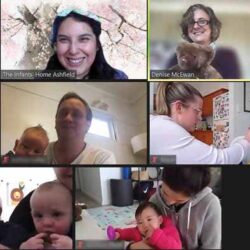Johnson House
Story by Educator Alisa
In Johnson House the children have been interested in gardening. Pretending to make beanstalks led them to enjoy reading the book ‘Jack and the Beanstalk’. Upon seeing the book’s cover, the children identified that the plant that Jack is climbing is a beanstalk. As we read the story, the children made predictions about what would happen next. For example, “the beans have magic and will grow taller”, “the giant will not find Jack”, and “by cutting off the beanstalk, the giant will not get the red hen and golden eggs from Jack and his mother”. As the story unfolded, the children discovered what beans become after they have been planted and how they grow, and that eventually they grow taller and longer, as suggested by the name “beanstalk.”
After reading the story, as the children suggested, we prepared our wormery where we will plant some beans, and where we will observe how our worms “work” to make natural fertiliser to help our plants grow. The children helped scoop and pour soil, sand, a mixture of worm casts, some worms and their food to create the different layers. The children described this as “stripes” due to the stripy pattern we had created. They children observed where the worms settled and theorised that they had gone into the dirt to start their “jobs.”
This experience fostered the children’s emerging language and literacy skills as they associated images with corresponding spoken words, made predictions about what would happen next in the story and made associations about the functions of a variety of objects in their daily lives. The children continue to learn how plants grow and about the process of gardening. As they prepared the wormery, the children continued to relate positively with peers as they collaborated, negotiated roles and shared resources.
Rigby House
Story by Centre Director Isa
Science and Maths Learning through Play
Our young children in Rigby House enjoy playing with cars, and as they pushed them, Educators talked about how far the vehicles had travelled. The children noticed that certain cars travel further than others, and as they experimented with different vehicles, Educators spoke about the size, weight, colours and other attributes of the vehicles.
To extend the children’s interest and learning, our Educators set up a ramp, and the children experimented with gravity as the cars behaved differently as they were pushed down the ramp. As the children played, Educators spoke about how much force and speed the children were using to push the vehicles, and the children noticed that this affected how far they travelled.
There was a lot of excitement among the children as their cars travelled quickly, slowly, or tumbled off the ramp, and they were enthusiastic about seeing how far their car had travelled.
As the children played these simple and fun games, they were developing their language skills and becoming aware of mathematical and scientific concepts.
Community Playgroups
Story by Community Learning and Engagement Manager Ana
Our playgroups have gone virtual, like many other aspects of our lives at the moment! The playgroup team have been working hard to develop a weekly playgroup to keep children and families engaged, learning and connected during this time. The first videos went out on Wednesday for families via email to stream and enjoy as they like. They include stories, songs, activities and birthday celebrations. Do you want to receive these? Register here for our playgroups and you’ll receive the weekly emails https://forms.office.com/r/bNPeY0Be7w.
Our Baby Time playgroup also met for a Zoom session this week, and we will continue to meet online every Tuesday from 10:30am. This week families learnt a new bouncing game called ‘Baby Goes Bumpy Boo’ and sang other familiar songs. There was time to ask questions of our Child and Family Health Nurse and families learnt about how to keep their babies’ teeth healthy.
